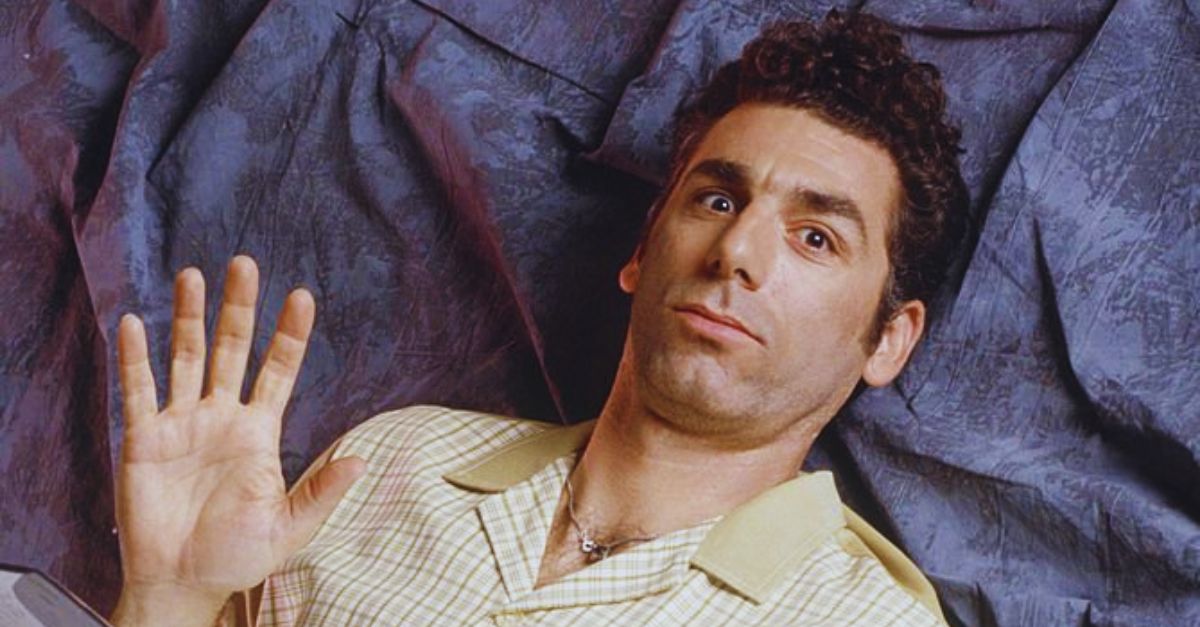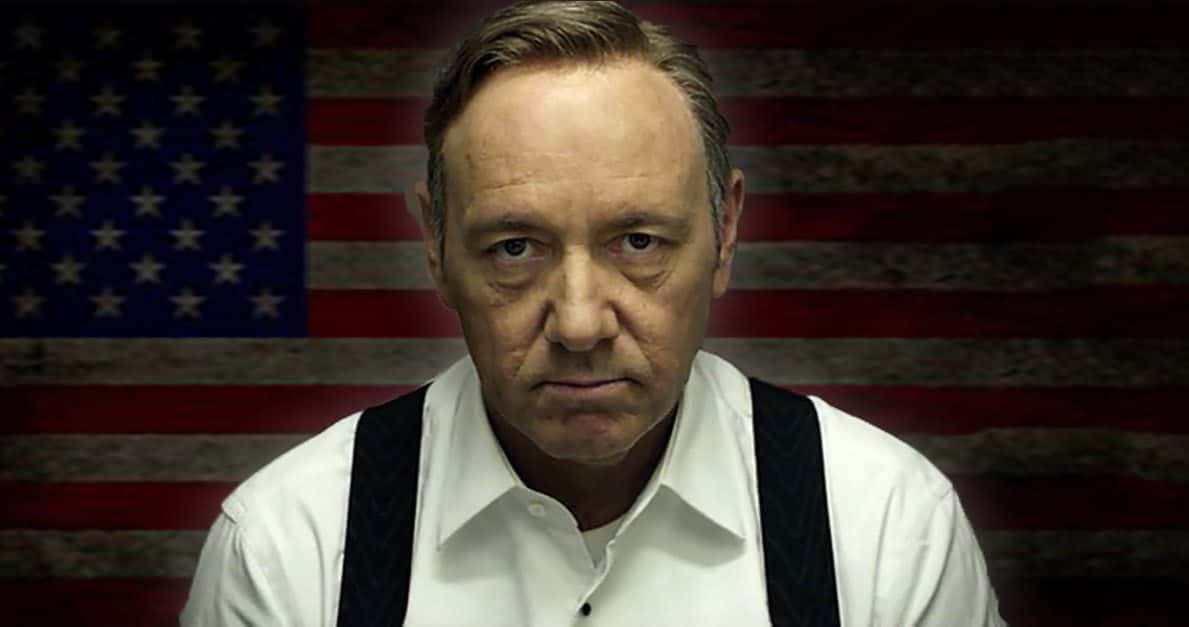The Jokes Stopped Off Camera
Audiences saw perfect timing and endless laughter, but the reality backstage told another story. Behind bright lights and quick jokes, tension, secrets, and pressure quietly shaped the shows everyone thought they knew.
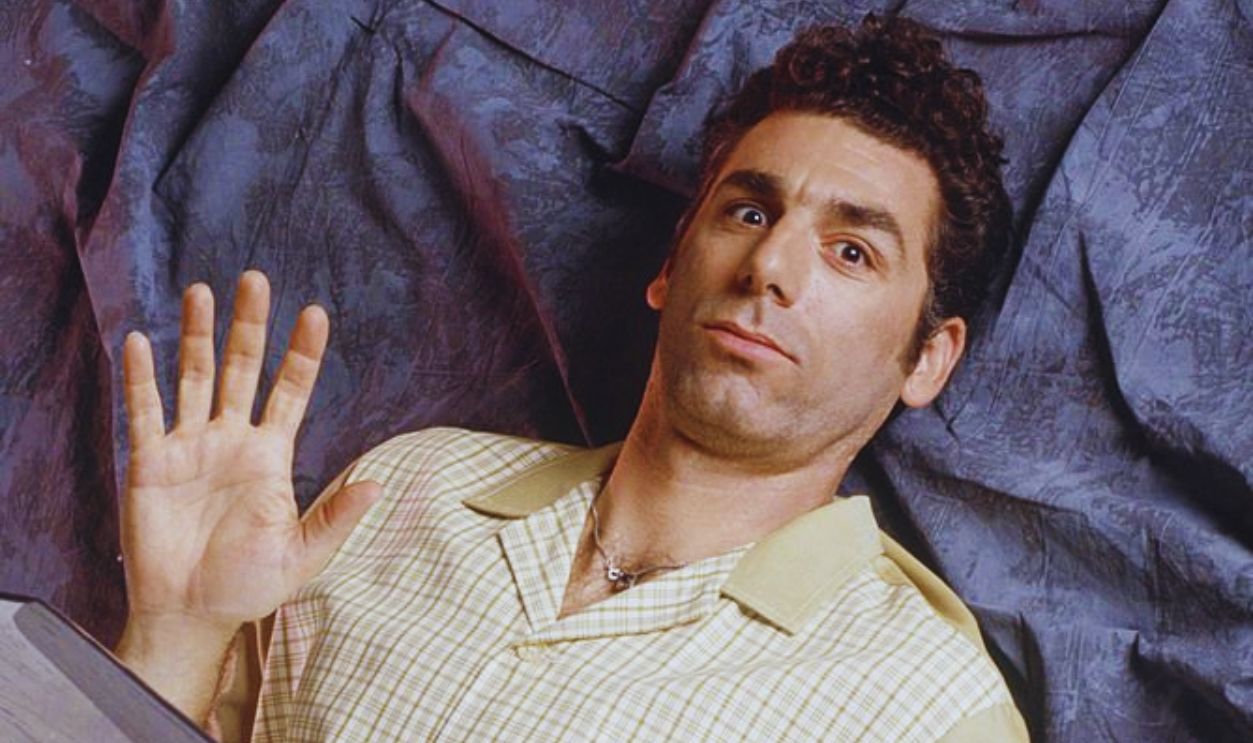
Nicholas Colasanto’s Battle With Alcohol On Cheers
Years before Cheers made him a familiar face, Nicholas Colasanto had already survived a two-decade battle with alcoholism. Sobriety arrived in 1976, and he remained faithful to Alcoholics Anonymous throughout the show. Though heart disease shadowed his later years, his humor stayed undimmed.
 Paramount Television, Cheers (1982–1993)
Paramount Television, Cheers (1982–1993)
Bill Cosby’s Crimes Behind The Cosby Show
Publicly, Bill Cosby built an empire on wholesome family values. Privately, he carried out assaults that stayed hidden for decades. The truth only emerged long after The Cosby Show ended, leaving fans to reconcile the beloved image with the crimes that destroyed it.
 Carsey-Werner Company, The Cosby Show (1984–1992)
Carsey-Werner Company, The Cosby Show (1984–1992)
Bob Crane’s Secret Double Life On Hogan’s Heroes
Hollywood’s favorite wartime comedy harbored a disturbing secret. Bob Crane, the charismatic lead, secretly recorded his sexual encounters and hid the tapes for years. His shocking 1978 murder exposed the truth and transformed a hit sitcom into a symbol of scandal and obsession.
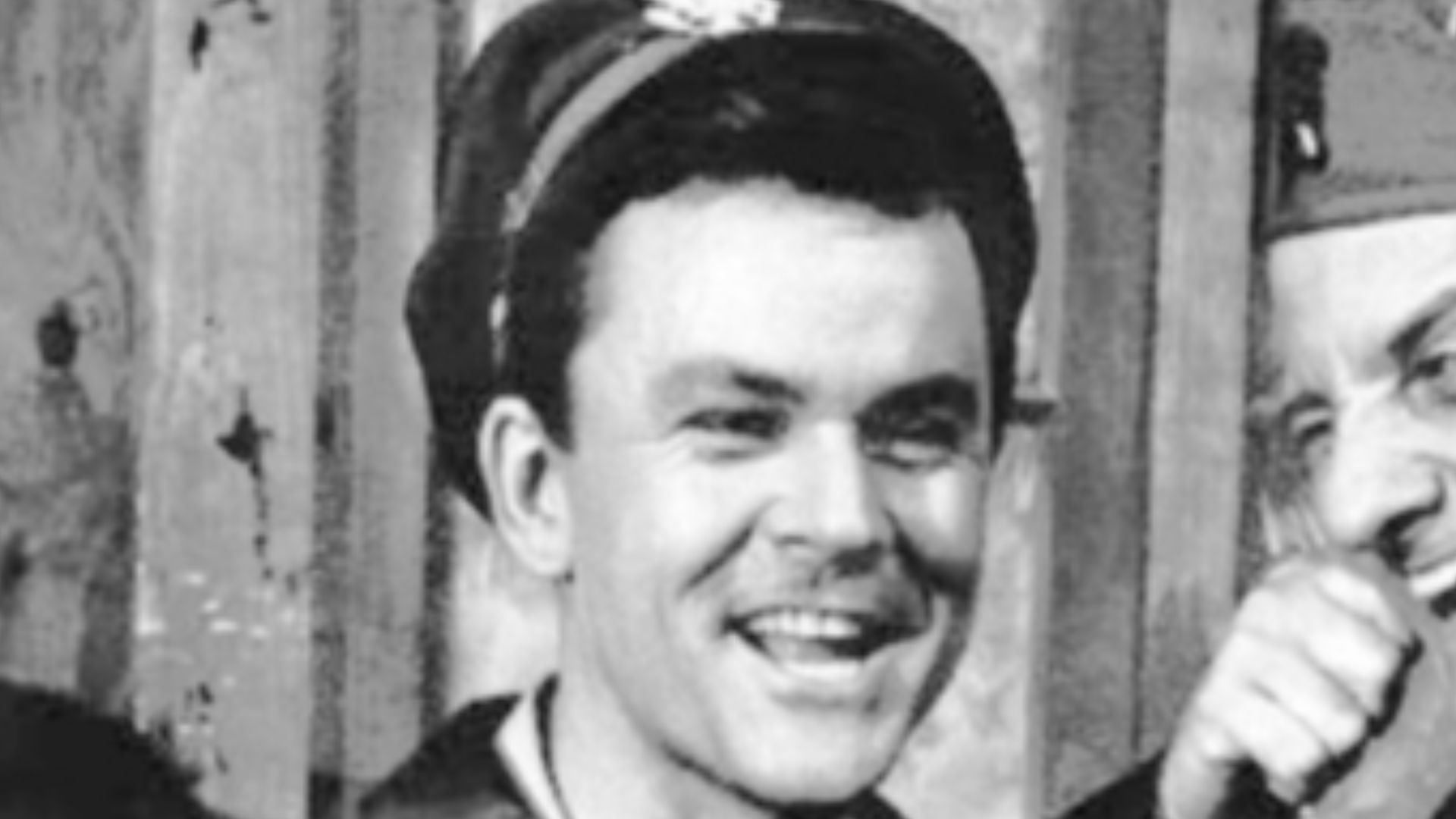 CBS Television, Wikimedia Commons
CBS Television, Wikimedia Commons
Mackenzie Phillip’s Fight With Addiction On One Day At A Time
For Mackenzie Phillips, fame and addiction collided on the set of One Day at a Time. Repeated absences forced producers to rewrite scripts as she struggled with drugs. Years later, she reclaimed her life to help others move toward sobriety through counseling and authorship.
 CBS Television, Wikimedia Commons
CBS Television, Wikimedia Commons
Freddie Prinze’s Hidden Despair During Chico And The Man
At just 22, Freddie Prinze had everything—success, charisma, and millions of fans. However, none of it could quiet his depression. The star of Chico and the Man took his life in 1977, leaving a legacy carried forward by his son, Freddie Prinze Jr.
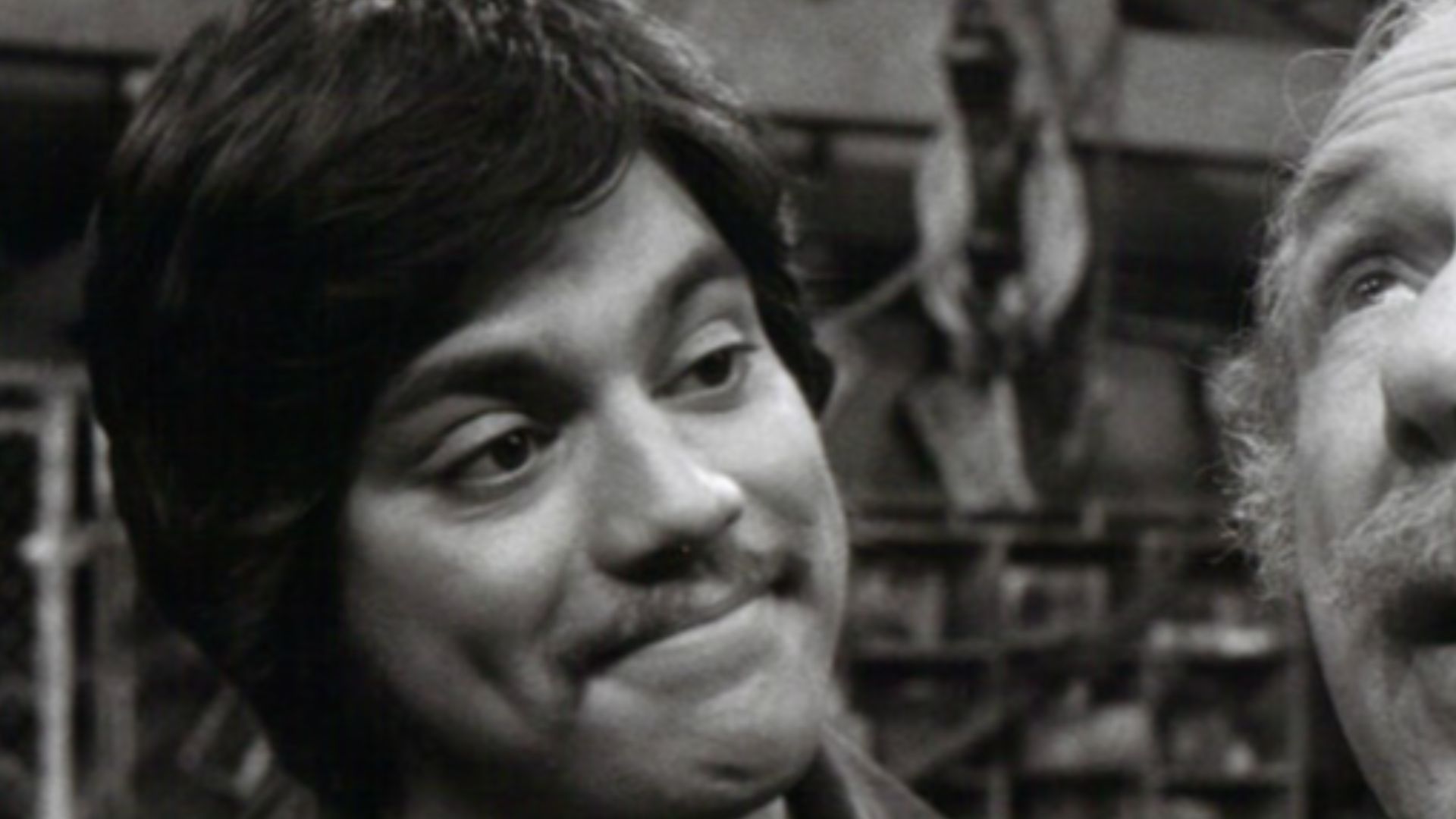 NBC Television, Wikimedia Commons
NBC Television, Wikimedia Commons
Danny Bonaduce’s Childhood Turmoil On The Partridge Family
Child stardom offered no refuge for Danny Bonaduce. Abuse and instability at home bled into his life on The Partridge Family, where fame arrived too soon. Decades later, he turned that early chaos into reinvention—thriving as a radio host and reality personality.
 Screen Gems Television., Wikimedia Commons
Screen Gems Television., Wikimedia Commons
Phil Hartman’s Dangerous Marriage During NewsRadio
Behind NewsRadio’s sharp writing and charm, Phil Hartman lived with growing danger. His marriage to Brynn Omdahl unraveled under substance abuse and resentment to end in tragedy in 1998. The shocking loss silenced one of comedy’s most precise and respected voices.
 Sony Pictures Television, NewsRadio (1995–1999)
Sony Pictures Television, NewsRadio (1995–1999)
David Strickland’s Silent Struggle On Suddenly Susan
David Strickland’s easy charm lit up Suddenly Susan, but the joy masked a deeper pain. Depression consumed him away from the cameras and led him to take his own life in 1999. A tribute episode honored him tenderly to remind fans of the talent lost too soon.
 Warner Bros. Television, Suddenly Susan (1996–2000)
Warner Bros. Television, Suddenly Susan (1996–2000)
Valerie Bertinelli’s Secret Struggle On One Day At A Time
Fame came early for Valerie Bertinelli, and so did pressure. While One Day at a Time portrayed confidence and humor, she secretly battled an eating disorder. Years later, she channeled that experience into advocacy by urging others to pursue health without self-punishment.
 CBS Television, Wikimedia Commons
CBS Television, Wikimedia Commons
Nell Carter’s Hidden Addiction During Gimme A Break!
Behind the laughter and applause of Gimme a Break!, Nell Carter battled substance addiction that remained unknown to audiences for years. The show ran six successful seasons as she concealed her struggle and performed with remarkable energy while privately confronting the heavy cost of fame.
 NBC Productions, Gimme a Break! (1981–1987)
NBC Productions, Gimme a Break! (1981–1987)
Brett Butler’s Fall During Grace Under Fire
The success of Grace Under Fire crowned Brett Butler as TV’s new queen of comedy, but the spotlight turned harsh. Old habits resurfaced, episodes stalled, and co-stars drifted away. Behind studio doors, her relapse threatened to undo everything her comeback had built.
 ABC Productions, Grace Under Fire (1993–1998)
ABC Productions, Grace Under Fire (1993–1998)
Todd Bridge’s Silent Trauma On Diff’rent Strokes
Todd Bridges lived every child actor’s dream—then carried its nightmare alone. While millions laughed at Diff’rent Strokes, he hid years of abuse by a publicist. His eventual confession shocked Hollywood and reframed the shiny innocence of one of television’s most cherished sitcoms.
 NBC Productions, Diff’rent Strokes (1978–1986)
NBC Productions, Diff’rent Strokes (1978–1986)
Kelsey Grammer’s Chaos Behind Cheers And Frasier
Adored on screen, Kelsey Grammer’s off-camera life unraveled. Arrests, court appearances, and addiction scandals followed him through two Emmy-winning shows. Yet somehow, each performance sharpened under pressure, turning his troubled story into one of television’s most improbable survivals.
 Paramount Television, Cheers (1982–1993)
Paramount Television, Cheers (1982–1993)
Martin Lawrence’s Breakdown During Martin
At his peak, Martin Lawrence ruled television comedy—and then the cracks widened. The workload grew unbearable, and his erratic outbursts halted production. Every headline felt louder than the laughter, which left a gifted comedian wrestling with fame that had spiraled beyond control.
 HBO Independent Productions, Martin (1992–1997)
HBO Independent Productions, Martin (1992–1997)
Redd Foxx’s Money Problems During Sanford And Son
Comedy made Redd Foxx rich, but extravagance stripped him bare. Sanford and Son kept audiences roaring while his debts multiplied in secret. Friends spoke of unpaid taxes and endless spending sprees. When the IRS finally seized his assets, the illusion of control disappeared.
 NBC Television, Wikimedia Commons
NBC Television, Wikimedia Commons
Tracey Gold’s Fight With Anorexia During Growing Pains
While Growing Pains charmed families across America, Tracey Gold was battling anorexia in private. Her illness grew so severe that production paused for her recovery. When she returned, she spoke openly about her experience, helping to raise national awareness about eating disorders.
 Warner Bros. Television, Growing Pains (1985–1992)
Warner Bros. Television, Growing Pains (1985–1992)
Dana Plato’s Addiction On Diff’rent Strokes
Diff’rent Strokes made Dana Plato a household name, but fame offered little stability. Her struggle with addiction led to her removal from the show and years of personal turmoil. The truth surfaced only later, when her tragic death revealed the full scope of her pain.
 Different Strokes TV Show, Wikimedia Commons
Different Strokes TV Show, Wikimedia Commons
Robert Reed’s Secret And On-Set Battles During The Brady Bunch
The wholesome world of The Brady Bunch masked serious tension behind the scenes. Robert Reed, secretly gay in a less accepting time, clashed with producers over creative control. Despite inner conflict, he gave audiences a portrayal that helped define television fatherhood.
 ABC Television., Wikimedia Commons
ABC Television., Wikimedia Commons
Shelley Long’s Strain Behind Cheers’ Success
Shelley Long’s rise on Cheers came with pressures few people saw. Long work hours and creative disagreements created tension between her and the cast. Though she appeared composed on camera, exhaustion eventually pushed her to leave—a decision producers publicly framed as career ambition.
 Paramount Television, Cheers (1982–1993)
Paramount Television, Cheers (1982–1993)
Larry Hagman’s Drinking On The Set Of I Dream Of Jeannie
Larry Hagman’s charm carried I Dream of Jeannie, even as heavy drinking on set became an open secret. Crew members and co-stars tried to manage his unpredictable moods. Despite the difficulties, the show thrived for five seasons and later gained cult status.
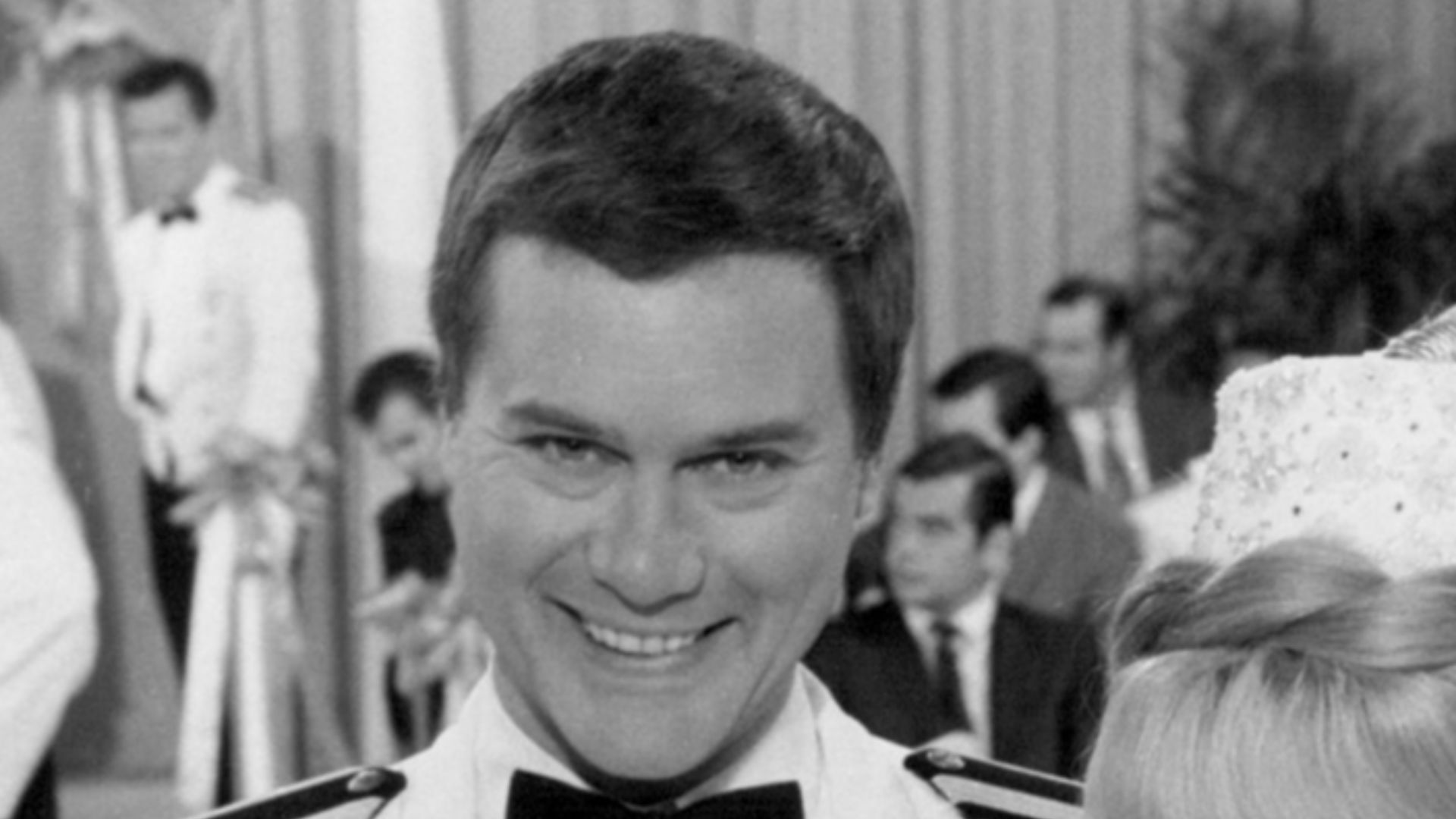 NBC Television, Wikimedia Commons
NBC Television, Wikimedia Commons
Suzanne Somer’s Salary Showdown During Three’s Company
At the height of Three’s Company’s popularity, Suzanne Somers asked for a salary equal to her male co-stars. That request sparked a major standoff with producers that ended in her firing. What seemed like a career-ending blow later fueled her success as an author and entrepreneur.
 ABC Television, Three’s Company (1977–1984)
ABC Television, Three’s Company (1977–1984)
Gary Coleman’s Lost Fortune During Diff’rent Strokes
Fame brought Gary Coleman wealth and recognition, but his parents and advisers misused his earnings throughout Diff’rent Strokes. He eventually sued them for financial mismanagement. Although his career declined, his famous catchphrase “Whatchu talkin’ ’bout, Willis?” remains part of pop culture history.
 NBC Productions, Diff’rent Strokes (1978–1986)
NBC Productions, Diff’rent Strokes (1978–1986)
Michael Richard’s Perfectionism Behind Seinfeld
On Seinfeld, Michael Richards earned fame for his physical comedy, but his pursuit of perfection sometimes caused tension. His temper and intense rehearsal habits challenged the cast, though viewers saw only the humor. Producers contained the friction to keep the show seamless.
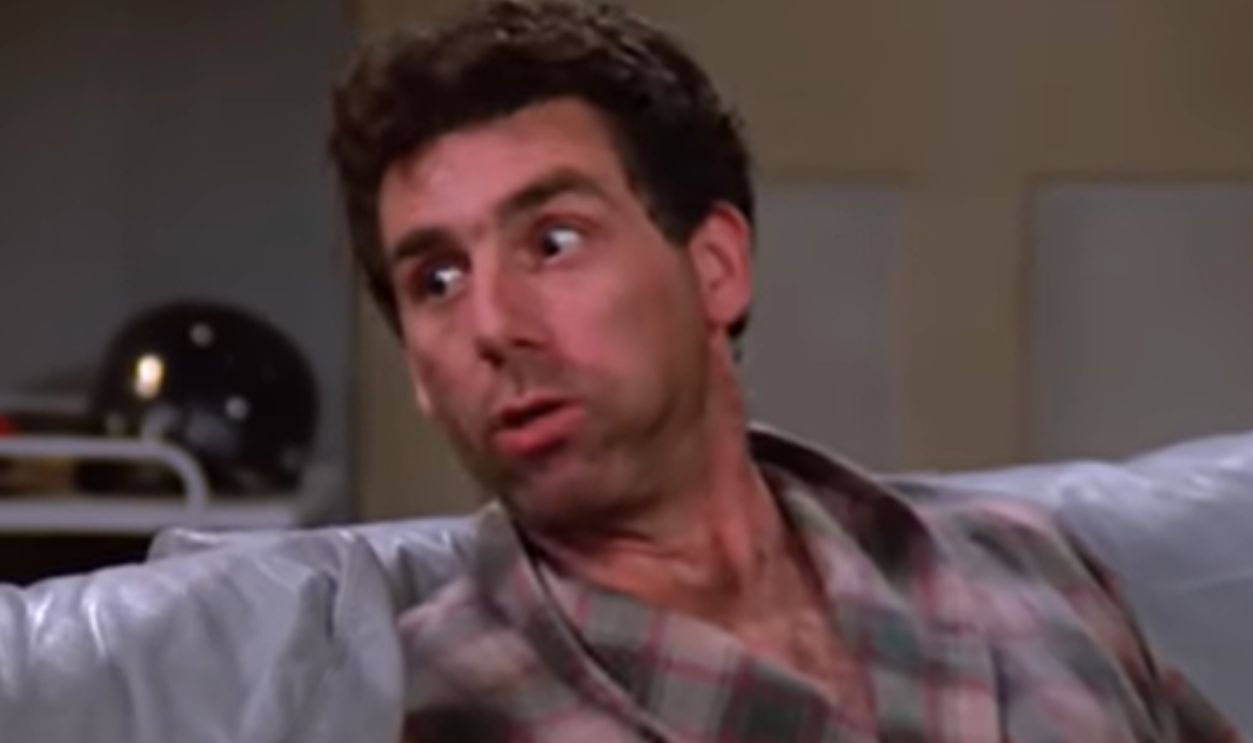 Castle Rock Entertainment, Seinfeld (1989–1998)
Castle Rock Entertainment, Seinfeld (1989–1998)
Lisa Whelchel’s Private Struggle On The Facts Of Life
During her time on The Facts of Life, Lisa Whelchel faced an eating disorder that she kept private from the public. The sitcom’s cheerful image concealed her private struggles, but she eventually spoke openly about her experience, hoping her honesty would encourage others who faced the same challenges.
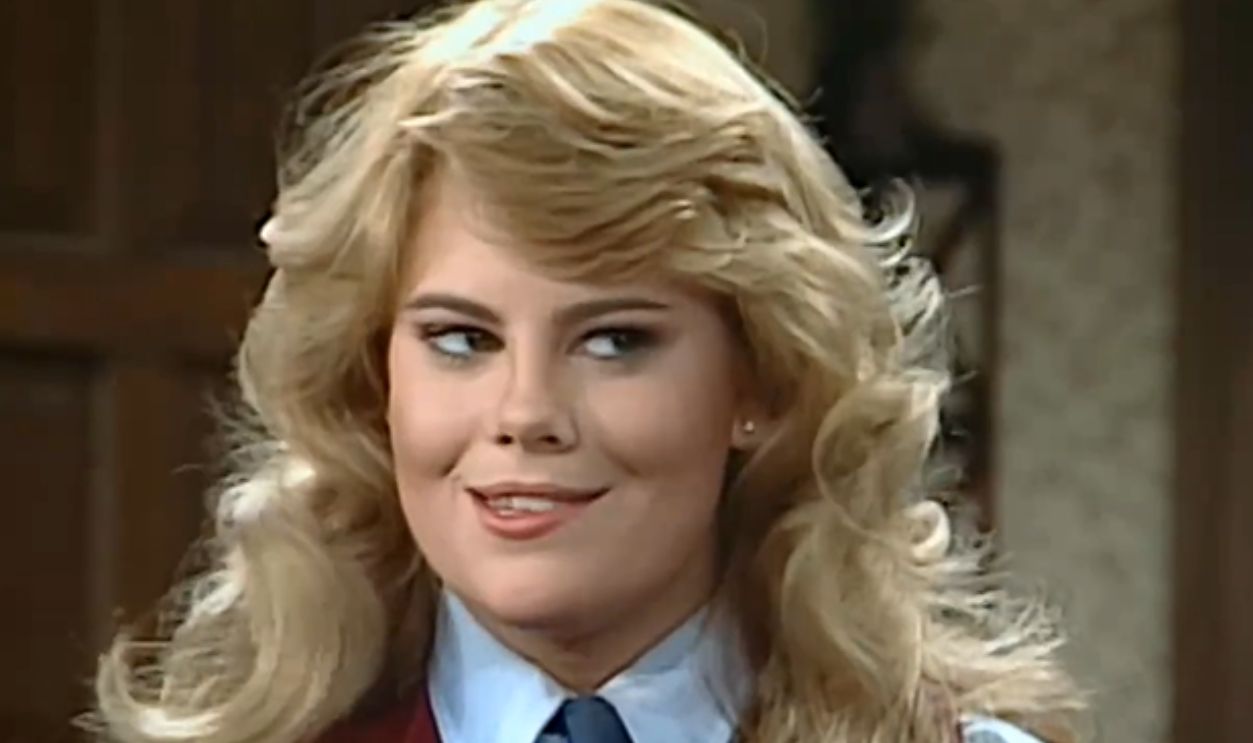 NBC Productions, The Facts of Life (1979–1988)
NBC Productions, The Facts of Life (1979–1988)
Roseanne Barr’s Volatile Behavior During Roseanne
While Roseanne reshaped television with its honest portrayal of working-class life, turmoil brewed behind the scenes. ABC frequently intervened to manage Roseanne Barr’s unpredictable behavior and on-set clashes. Only years later did the extent of those conflicts become public, permanently changing how audiences viewed her.
 ABC Television, Roseanne (1988–1997)
ABC Television, Roseanne (1988–1997)

